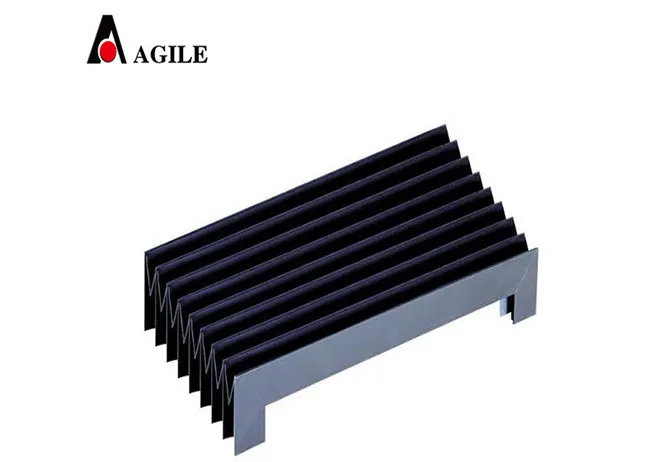what is a synchronous belt
A synchronous belt, also known as a timing belt, is a crucial component in various mechanical systems, most notably in automotive engines and machinery. Its primary function is to transfer motion and power between two or more rotating shafts, while maintaining precise timing. This is especially important in applications where synchronization between components is critical, such as in internal combustion engines, where the timing of the valves must align perfectly with the movement of the pistons.
.
Synchronous belts are typically made from durable materials, such as rubber reinforced with fibrous materials like polyester. This construction provides the belts with flexibility, resilience, and the capability to handle substantial loads. They are also designed to operate in various environments, resistant to oil, heat, and varying atmospheric conditions, extending their lifespan and reliability.
what is a synchronous belt

In automotive applications, synchronous belts engage the camshaft and crankshaft, maintaining the correct timing that ensures valves open and close at the right moments during the engine cycle. This synchronization is vital for optimal engine performance, fuel economy, and emissions control. Most manufacturers recommend replacing the timing belt at regular intervals — usually between 60,000 to 100,000 miles — to prevent potential engine failure due to belt wear or breakage.
Apart from automotive uses, synchronous belts are also prevalent in various industrial applications, including conveyors, robotics, and textile machinery. Their ability to operate efficiently in high-speed environments while maintaining synchronization makes them ideal for these uses. Furthermore, synchronous belts can be used in applications requiring accurate positioning, such as 3D printers and CNC machines, where precision is paramount.
In summary, a synchronous belt is an essential component in both automotive and industrial contexts, providing reliable power transmission and precise timing synchronization. Its unique design and durable construction make it a preferred choice for various mechanical applications. Understanding the role of synchronous belts can help users appreciate their significance in enabling efficient and effective machine operation across numerous industries.








